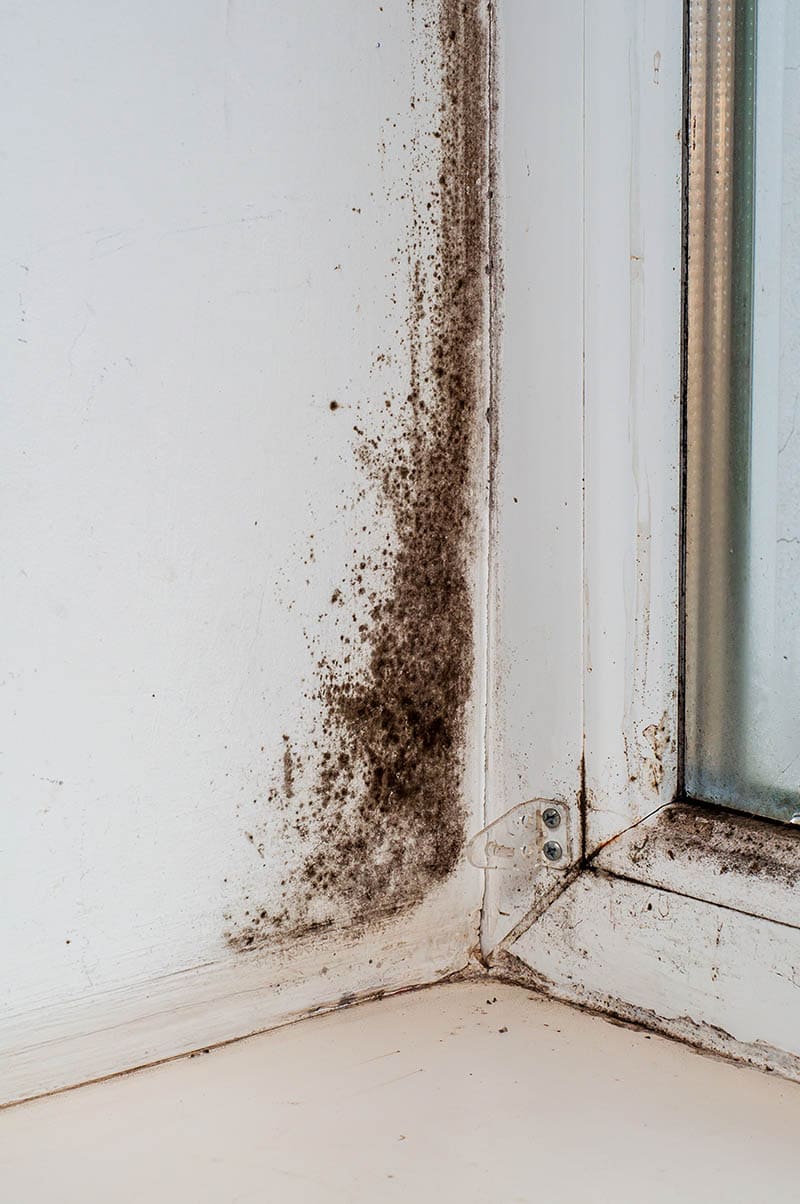Why Latent Defects Matter More Than You Think
Latent defects are hidden flaws in a property that are not visible at the time of purchase and can take months or even years to emerge. These concealed issues are far more than cosmetic concerns, possibly leading to major structural problems and significant financial setbacks. By the time they appear, the builder may no longer be accountable, or the statutory period for claims may have passed.
In the UK property market, overlooking latent defects can result in unexpected legal and financial burdens. If the defect breaches building regulations or causes damage that must be remedied, buyers often face a challenging and costly process to determine liability and seek recourse.
Latent defects also have a direct impact on the resale value of a property. Buyers are far less likely to invest in a home with a known defect history, and insurers may increase premiums or even decline to provide coverage. Without protection like a building warranty or dedicated insurance, a small hidden problem can evolve into a long-term liability.
Common Latent Defects That Catch UK Property Buyers Off Guard
Structural Movement and Foundation Shifts
Structural issues involving movement or subsidence often remain invisible during initial inspections. Shifting foundations can lead to uneven flooring, wall cracks and compromised load-bearing capacity. These types of defects are costly to fix and may require invasive work to correct.
Non-Compliant or Poorly Installed Plumbing & Electrics
Hidden behind walls and beneath floors, plumbing and electrical systems are prime areas for latent defects. Poor workmanship or outdated installations can result in safety hazards, leaks or system failures. Compliance with UK building regulations is essential. Faults in these systems often mean the home does not meet required standards.

Damp, Mould and Hidden Water Ingress
Moisture trapped within walls or ceilings due to poor waterproofing or leaking pipes can take months to surface. Mould and damp are not only structural concerns but also health hazards. Many sellers try to conceal these issues with paint or surface treatments during viewings.
Roofing Problems Hidden by Cosmetic Repairs
A new layer of roof tiles or temporary patchwork may mask more serious problems such as rotten rafters or poor underlay installation. Roofs often appear sound at first glance but can fail after a few wet periods.
Timber Decay, Woodworm and Invasive Species
Timber damage can go unnoticed for years, especially in floorboards, beams and roof spaces. Infestations like woodworm or dry rot are difficult to detect early without specialised equipment and can cause significant structural harm.

Red Flags During Viewings in the UK Market
Property Staging Tricks That Mask Defects
Sellers and estate agents sometimes use strategic staging techniques to hide issues. Rugs may conceal warped flooring, fresh paint can obscure wall dampness and room layouts might steer visitors away from problem areas. Always ask to see under coverings or behind larger furniture during viewings.
Hairline Cracks, Musty Smells and Condensation Signs
Subtle cues like fine wall cracks, persistent odours or misted windows should not be ignored. These may suggest underlying moisture issues or previous repairs that didn’t address the root cause. Condensation on window panes or visible mildew around sills often indicates poor ventilation or insulation.
Asking the Right Questions During Viewings
Ask directly whether the property has had any major repairs or if the seller is aware of any ongoing issues. Confirm whether warranties or guarantees are still valid and request documentation to support any claims. This information could influence your decision or allow you to negotiate the purchase price.

The Role of Surveys and Inspections in the UK
Hiring a Chartered Surveyor registered with RICS (Royal Institution of Chartered Surveyors) is a crucial step in identifying latent defects before finalising a purchase. A professional surveyor will highlight any risks that aren’t visible to an untrained eye and offer recommendations for further investigation.
When deciding between survey types, a Home Survey Level 2 is suitable for standard properties in good condition, while a Home Survey Level 3 offers more in-depth analysis and is recommended for older or heavily modified homes.
Survey findings can also strengthen your negotiating position. If defects are identified, buyers can often request repairs, reductions in the sale price, or demand that the seller cover the cost of rectification.
What to Do If You Discover a Latent Defect After Completion
Your Legal Rights Under the Defective Premises Act 1972
The Defective Premises Act 1972 provides some protection for homeowners, requiring builders to ensure that a residential building is fit for habitation. If your defect stems from poor workmanship or materials, you may be able to pursue legal action under this law. However, it often requires expert testimony and legal support.
Suing the Seller: Proving Misrepresentation or Concealment
In cases where the seller knew about a defect and failed to disclose it, legal recourse may be available. Misrepresentation claims are notoriously complex, and the burden of proof is on the buyer. Evidence is required; such as pre-sale communications, survey findings and contractor reports.
When the NHBC or Building Warranty Applies
Most new builds are covered by a building warranty, such as NHBC Buildmark or similar schemes. These typically include insurance-backed protection against latent defects for 10 years. If the defect falls within the scope and time limit, the warranty provider may cover repair costs. Check your policy terms to confirm this.
Who Pays? Liability in Second-Hand vs New Builds
In second-hand homes, warranties may no longer apply or may have expired. In such cases, the buyer may bear the full cost of remedying defects. In contrast, new builds with active building warranty insurance offer more financial protection if issues arise.
Avoiding Latent Defects in Future UK Purchases
Avoiding costly defects begins with thorough due diligence. Conduct full property searches and verify compliance with planning permissions and building regulations. Work with reputable solicitors and licensed estate agents who understand the red flags. If a deal seems unusually cheap or quick to close, that could indicate something is being hidden. Remember: if something seems too good to be true, it likely is.
Buying Smart in a Risky Market
While the UK housing market remains competitive, it’s important not to let urgency override caution. Staying informed and vigilant will help you spot warning signs early. Building warranty insurance offers a valuable safety net, protecting your investment and giving you peace of mind long after the keys are in your hand.
For trusted protection against hidden structural problems, speak to BuildSafe about securing a building warranty that covers latent defects and ensures long-term confidence in your home.






